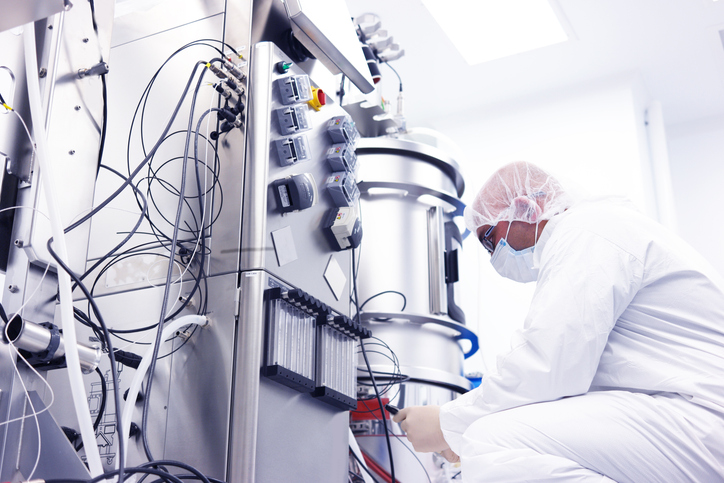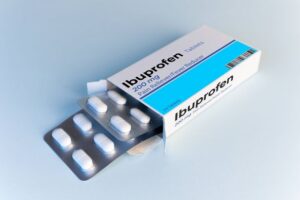
Recent research has revealed that maintaining steady hyperosmotic conditions can significantly enhance cell culture productivity in biomanufacturing. Specifically, continuous osmotic pressure has been found to increase the productivity of Chinese hamster ovary (CHO) cells in perfusion cultures, contrary to previous concerns that such conditions might lead to cell death.
According to a study led by Qian Ye, PhD, a postdoctoral fellow at the East China University of Science and Technology, a constant hyperosmotic pressure during CHO cell perfusion culture resulted in a remarkable maximum increase of 168.5% in specific productivity. This finding suggests that continuous osmotic pressure can be harnessed in manufacturing environments with minimal risks to cell viability.
Impact of Continuous Osmotic Pressure on Cell Viability
The research team, which included experts from the Shanghai Collaborative Innovation Center for Biomanufacturing Technology, Shanghai Austar Pharmaceutical Technology Equipment, and Shanghai Bioengine Sci-Tech Co., observed that hyperosmotic conditions might actually alleviate hypoxia in dense perfusion cell cultures. They reported real-time monitoring of metabolic responses in recombinant CHO cells, highlighting time-dependent changes in nutrient uptake and metabolic activity.
The study indicated that even when dissolved oxygen levels dropped to 10%, the cells subjected to hyperosmotic stimulation maintained low levels of reactive oxygen species while achieving high specific productivity. “Cells enhanced their antioxidative capacity,” the researchers noted, underscoring the ability of these cells to thrive in low oxygen environments.
This resilience not only allows the cells to continue producing therapeutic proteins but also enhances their robustness against oxidative stress. By optimizing cell productivity under hyperosmotic stimulation, the study emphasizes the importance of identifying the appropriate osmotic pressure tailored to specific cell lines.
Optimizing Conditions for Enhanced Productivity
For the CHO-DG44 cell line evaluated in this research, the optimal osmotic pressure was determined to be between 380–410 mOsm/kg. Under these conditions, researchers successfully increased specific cell productivity from 25.15 pg/cell/day to 41.81 pg/cell/day, representing an impressive improvement of 66%.
The findings challenge the conventional wisdom that continuous osmotic pressure typically leads to cell death in fed-batch cultures. The researchers explained that perfusion cultures benefit from the ongoing renewal of culture media, reducing the risks associated with osmotic pressure build-up that are prevalent in other culture types.
This research marks a significant step forward in biomanufacturing techniques, providing a pathway for increased productivity in therapeutic protein production while ensuring cell viability. The implications of these findings are poised to influence future biomanufacturing strategies, particularly in settings where maximizing output is crucial.
The study underscores the potential of hyperosmotic conditions in enhancing the efficiency of cell cultures, highlighting a promising avenue for future research and application in the field of biotechnology.






